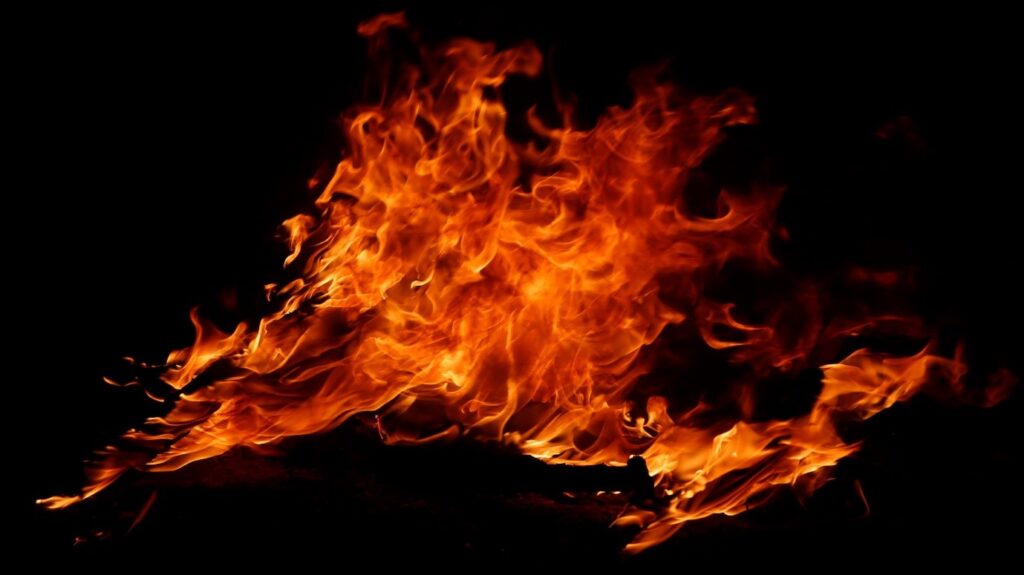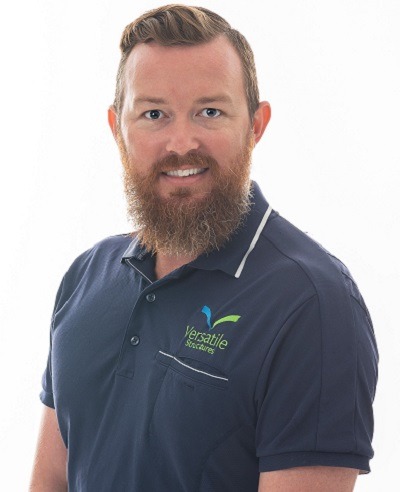YOU ARE HERE:

Shade structures and fire performance
Jamie Howard In Commercial Shade Structures, Shade Sail
Fire resistant shade cloth is important to commercial industry as one of the biggest risks a business can face is fire. Not only is a fire debilitating to a business when damage and destruction bring trading to a standstill, but even more so when the lives and careers of employees being impacted.
Older shade fabrics have not had the best reputation for being great flame retardants, but suppliers are now required to test fire resistant shade cloth and report their findings regarding flammability. It is important to know that shade cloth is fire retardant, but not fire resistant and that no textile in Australia is non-combustible. The Australian Standards specify shade cloth must be tested to AS1530 Parts 2 &3 that uses a fixed flame in contact with the fabric and measures radiant heat near a fabric to determine its flammability, ignition, spread of flame and smoke developed index ranges.
To compare the fire performance of different commercial shade fabrics, we looked at the four main tensile substrates namely Teflon coated glass fibre (PTFE), Ethylene Tetrafluoroethylene (ETFE) used in transparent cladding applications, polyvinyl chloride (PVC) or waterproof fabrics, and woven or high density polyethylene (HDPE) shade cloth.
Listed in the table below are example of results to illustrate the typical material fire-testing performance for each main shade fabric type, which can be used to determine the most appropriate material solution for your project.
The various shade fabrics Versatile Structures work with are subjected to Australian and International fire testing standards. Although polycarbonate isn’t a shade structure fabric it is brilliant at supressing flames and has fifty times the impact strength of float glass. Teflon coated glass fibre membranes provide the best fire hazard properties, followed by ETFE, PVC, and finally woven or HDPE shade cloth.
This is a guide only and within each product category there will be a range of different results and performance outcomes.
Membrane Type | HDPE | PVC | ETFE | PTFE |
Example Brand | Gale Pacific Commercial Heavy 430 | Mehler FR900N | AGC Fluon 200micron | Chuckoh FGT600 |
Expected Lifespan | 10+ years | 20+ years | 40+ years | 50+ years |
Fire Performance Indices | ||||
Duration of Sustained Flaming¹ | N/A | N/A | N/A | 0 |
Flammability index²: | 21 | 8 | 6 | 0 |
Spread of Flame Index³: | 8 | 7 | 0 | 0 |
Heat Evolved Index³: | 5 | 1 | 0 | 0 |
Ignitability Index³: | 13 | 16 | 0 | 0 |
Smoke Developed Index³: | 7 | 8 | 0-1 | 0-1 |
Observations | Visible smoke, melting, flaming debris. | Visible smoke and melting. Will not propagate flame spread. | Self-expiring drops (will melt away from fire source but does not drip). Self-extinguishing immediately when fire source is gone. | Will not propagate flame spread. |
Recommendation | Usually not suitable for fire escape routes or adjoining buildings. | May be suitable for connecting to existing buildings, but usually not suitable for Type-A constructions or fire escape routes. | Often accepted for Type-A construction with performance solution from fire engineer, sometimes sprinklered and usually as an externally facing element. | Usually accepted for Type-A construction with a performance solution from a fire engineer. |
¹ AS 1530.1 Methods for Fire Tests on Building Materials, Components and Structures. Part 1: Combustibility test for materials. | ||||
Top commercial shade fabrics
Based on our decades of experience installing and fixing shade structures here are our top 5 shade structure fabrics, which are all fire retardant certified.
A Note on Non-Combustibility
Before 2019 the Building Code of Australia (BCA) rated PTFE-coated glass fibre tension membrane materials were deemed non-combustible. This is owing to the code permitting composite materials to be classified as non-combustible, providing the structural elements passed AS 1530.1 and any coatings were sufficiently thin. The glass fibre woven structural base cloth within PTFE fabric is non-combustible to AS 1530.1, but the PTFE coating is not, and the change in wording in the 2019 BCA is interpreted by certifiers and fire engineers to now not allow this material to be considered non-combustible.
Share:
Jamie Howard - Director
Co-founder and Director Jamie has been hands-on in the shade and steel industry since leaving school. With over 15 years’ experience in shade, membrane and steel projects, Jamie is excited about the design opportunities shade structures offer in the commercial and industrial sectors. Jamie’s extensive design skills give him a competitive edge in situations with technical design complexity. He has won two personal industry awards for his designs, alongside many company-won awards.

